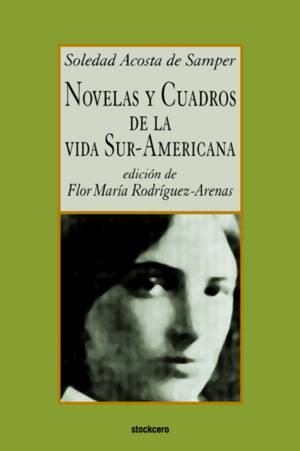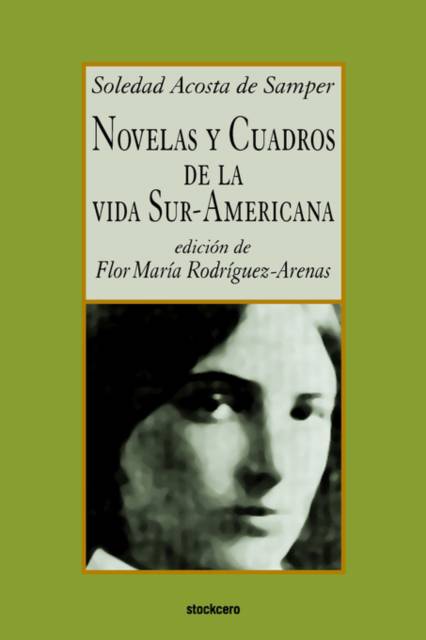
- Afhalen na 1 uur in een winkel met voorraad
- Gratis thuislevering in België vanaf € 30
- Ruim aanbod met 7 miljoen producten
- Afhalen na 1 uur in een winkel met voorraad
- Gratis thuislevering in België vanaf € 30
- Ruim aanbod met 7 miljoen producten
€ 73,45
+ 146 punten
Omschrijving
Soledad Acosta de Samper (1833-1913) is the most prolific and important woman writer of the 19th century in Colombia. She is an exceptional representative of Colombian intellectual life of that century, not only for the caliber of her writing, the divergent disciplines that she researched and wrote about, and the intense cultural work that she undertook. An avid reader, in her travels to England and France, she personally lived the debates regarding the public presence of the woman writer, as well as the influence that women should or could exercise in society, especially in the lives of other women. Concerned with the real, ordinary, "normal" and pragmatic life of women in her fictional literature, she ascribed to and adopted techniques of European Realism in order to effect the representations of the fictional worlds that are encountered in Novelas y cuadros de la vida sur-americana, all of which were published between 1864 and 1869. These narratives have an essential objective: the circulation of meanings, ideas and identities. Acosta de Samper used fiction to aid women in their understanding of themselves and their world. This collection is comprised of "Dolores" (novel), "Teresa la limeña"(novel), "El corazón de la mujer: Matilde, Manuelita, Mercedes, Juanita, Margarita, Isabel" (novel); "La perla del valle" (short story), "Ilusión y realidad" (short story), "Luz y sombra" (short story), "Tipos sociales: La monja, Mi madrina" (stories), "Un crimen" (short story). The author focuses on individual characters who are perceived in their everyday lives as confronting the multiple forces and contradictions of society that were common at that time. In this way, Soledad Acosta de Samper directed her efforts towards the education of women, which in effect would be beneficial to the formation of the Colombian nation. Soledad Acosta de Samper contributed culturally to Peruvian life years before the names of Clorinda Matto de Turner, Mercedes Cabello de Carbonera, Teresa González de Fanning, Lastenia Larriva de Llona, and those of other women, figured openly in the cultural life of that country. In addition, "Dolores", the first novel in this volume, was published months before María by Jorge Isaacs.
Specificaties
Betrokkenen
- Auteur(s):
- Uitgeverij:
Inhoud
- Aantal bladzijden:
- 436
- Taal:
- Spaans
Eigenschappen
- Productcode (EAN):
- 9789871136452
- Verschijningsdatum:
- 27/01/2006
- Uitvoering:
- Paperback
- Formaat:
- Trade paperback (VS)
- Afmetingen:
- 152 mm x 229 mm
- Gewicht:
- 635 g

Alleen bij Standaard Boekhandel
+ 146 punten op je klantenkaart van Standaard Boekhandel
Beoordelingen
We publiceren alleen reviews die voldoen aan de voorwaarden voor reviews. Bekijk onze voorwaarden voor reviews.










